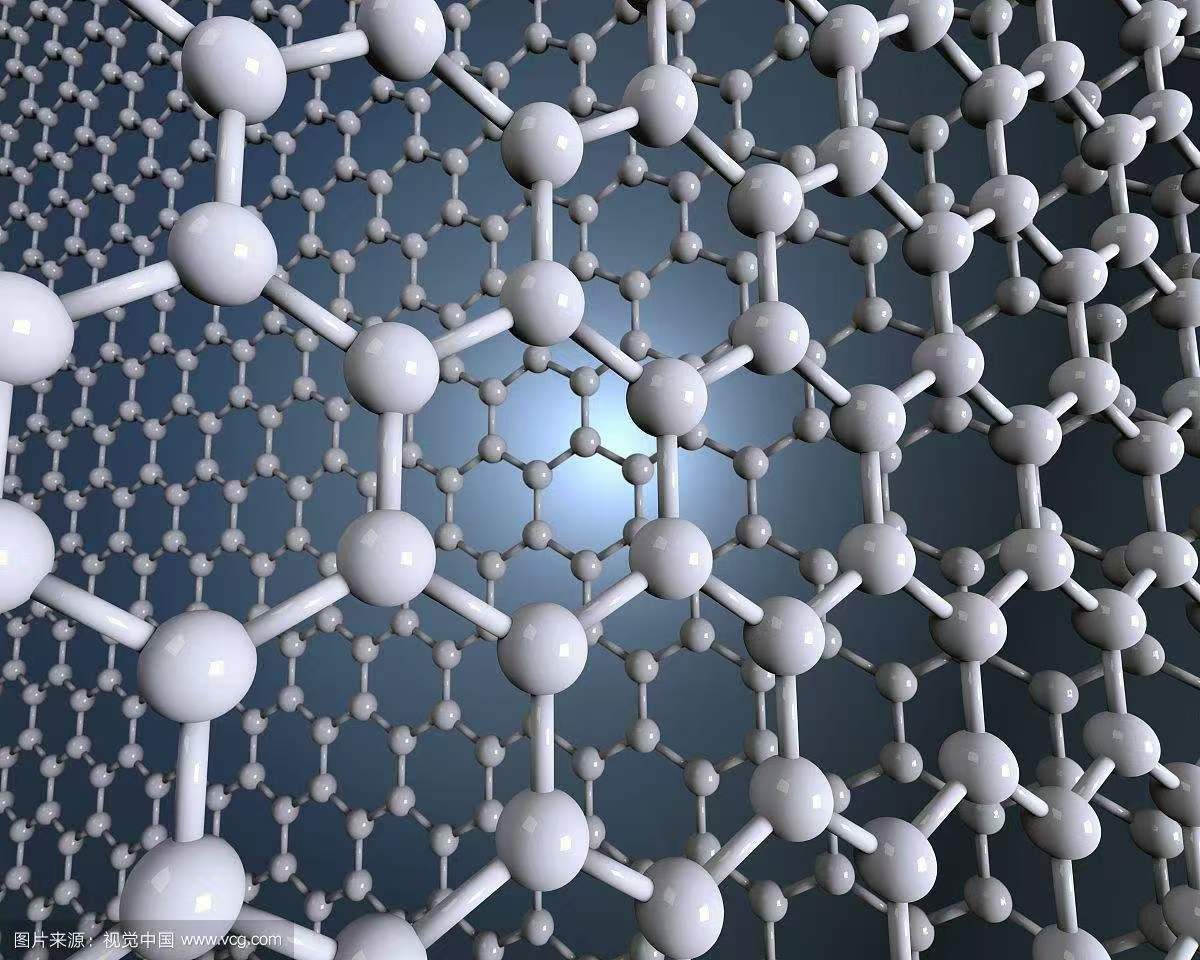Hotline:400-0088-068
Tel:18926010188
Email: nanofront@163.com
ADD:Room 602, Building 33, Phase III of Qianlin Shanju, Wulian Village, Longgang District, Shenzhen City.
Graphene and carbon nanotubes are two distinct types of carbon-based materials, each with unique properties and applications. Here are some of the main differences between them:
Structural Differences:
Graphene is a single-layer, two-dimensional material composed of carbon atoms arranged in a hexagonal lattice to form a thin film.
Carbon nanotubes are one-dimensional nanomaterials formed by rolling up sheets of graphene, which can be either single-walled or multi-walled.
Thermal Conductivity:
Graphene has an exceptionally high thermal conductivity, with a coefficient as high as 5300 W/mK, surpassing that of both single-walled and multi-walled carbon nanotubes.
Optical Properties:
Graphene absorbs about 2.3% of light across a wide range of wavelengths, appearing almost transparent, and its optical properties vary with thickness.
The optical properties of carbon nanotubes are typically related to their size and structure, but specific data are not mentioned in the search results.
Chemical Properties:
Graphene's basic chemical properties are similar to graphite, capable of adsorbing and desorbing various atoms and molecules, which can affect its carrier concentration while maintaining conductivity.
The chemical properties of carbon nanotubes are also related to their surface activity, but specific descriptions are not mentioned in the search results.
Stability:
Graphene's structure is highly stable, with carbon atoms connected in a flexible manner that can adapt to external forces without rearranging and maintaining structural stability.
Preparation Methods:
Graphene can be prepared by mechanical exfoliation, oxidation-reduction, epitaxial growth, silicon carbide epitaxy, and chemical vapor deposition, among other methods.
Carbon nanotubes can be prepared by chemical vapor deposition and arc discharge methods.
Application Fields:
Due to its excellent electrical conductivity, thermal conductivity, and mechanical strength, graphene is widely used in electronic devices, energy storage, composite materials, and other fields.
Carbon nanotubes, with their high strength, high conductivity, and unique tubular structure, are widely used in nanoelectronics, energy storage, and as catalyst carriers.
Electrical Conductivity:
As a conductive agent in lithium batteries, graphene is considered to have excellent electrical conductivity, but carbon nanotubes have a stronger ability to absorb electrolyte, which helps to improve the battery's cycle performance.
Industrialization and Cost:
The industrialization of graphene faces high production costs, while the dispersion problem of carbon nanotubes is a major challenge for their application. Both have significant room for price reduction, with graphene potentially experiencing a faster price drop.
These differences highlight the respective advantages and limitations of graphene and carbon nanotubes, as well as their potential uses in different applications.
